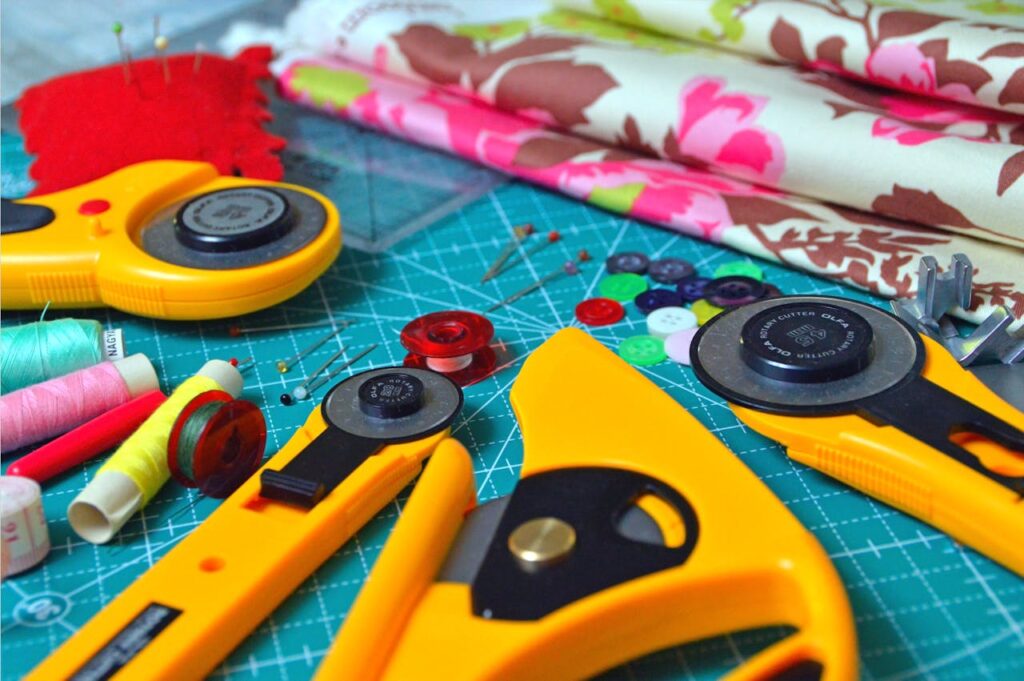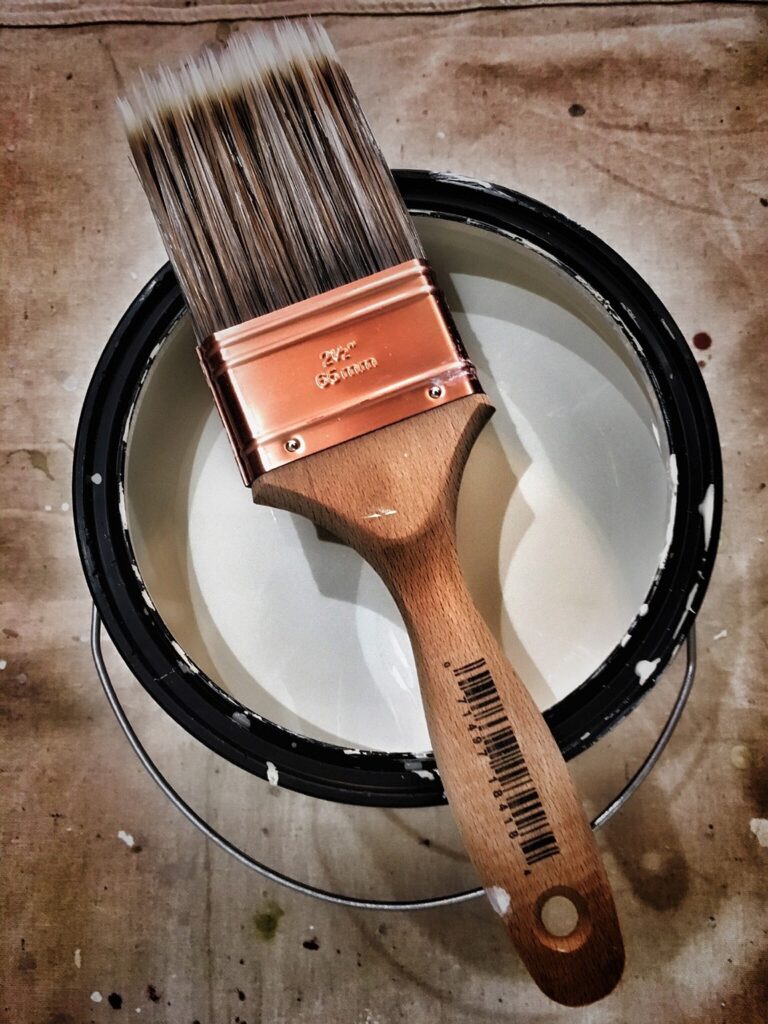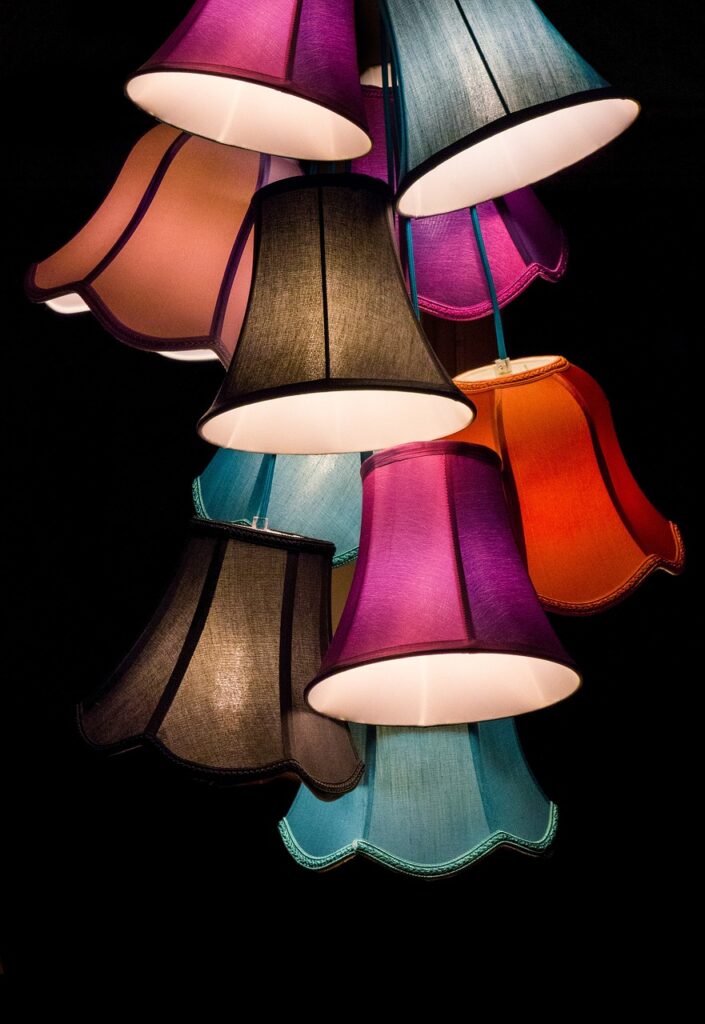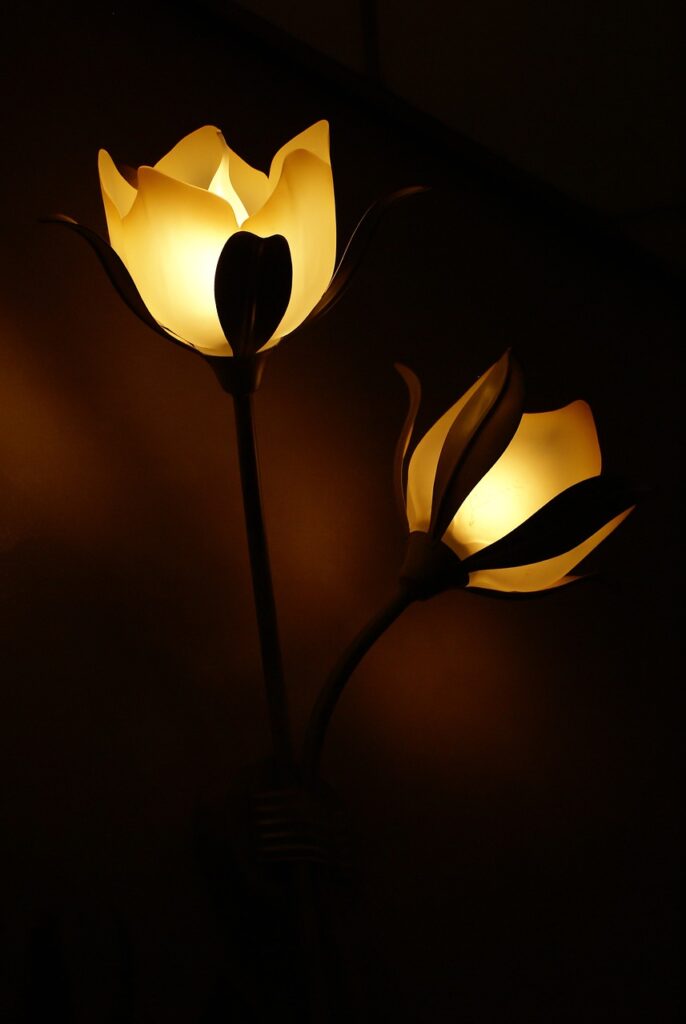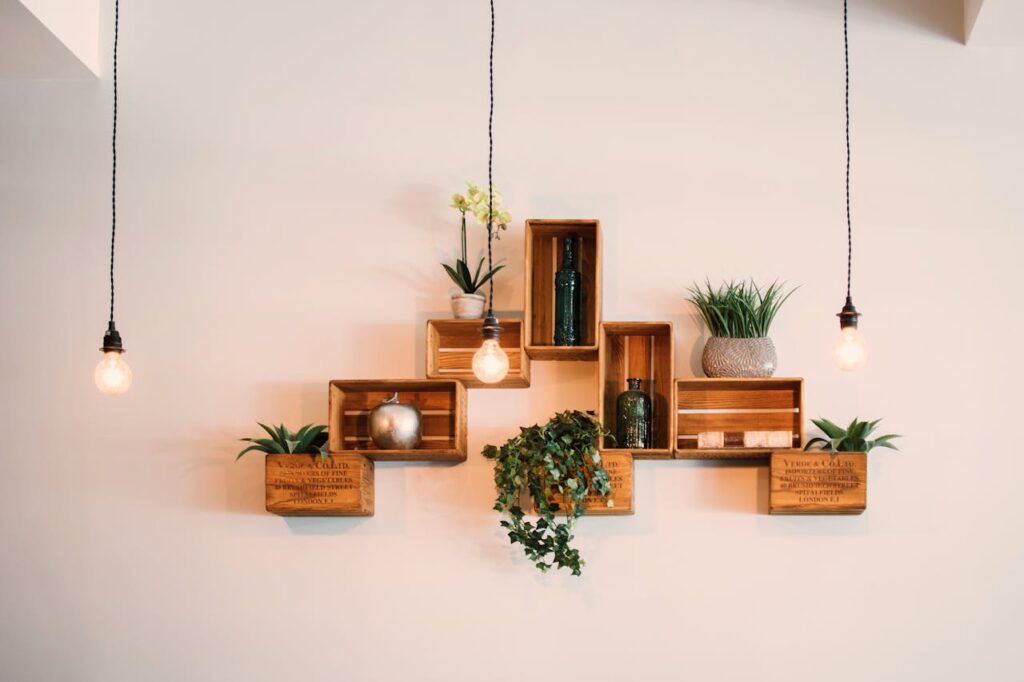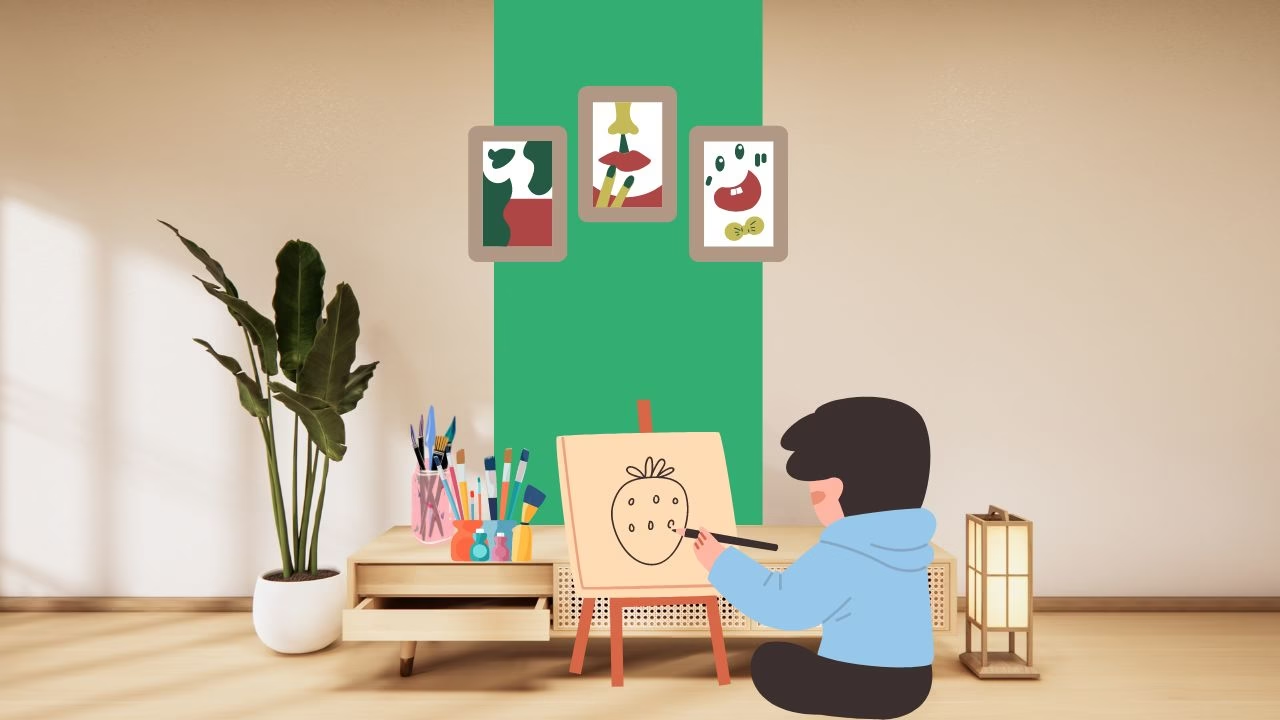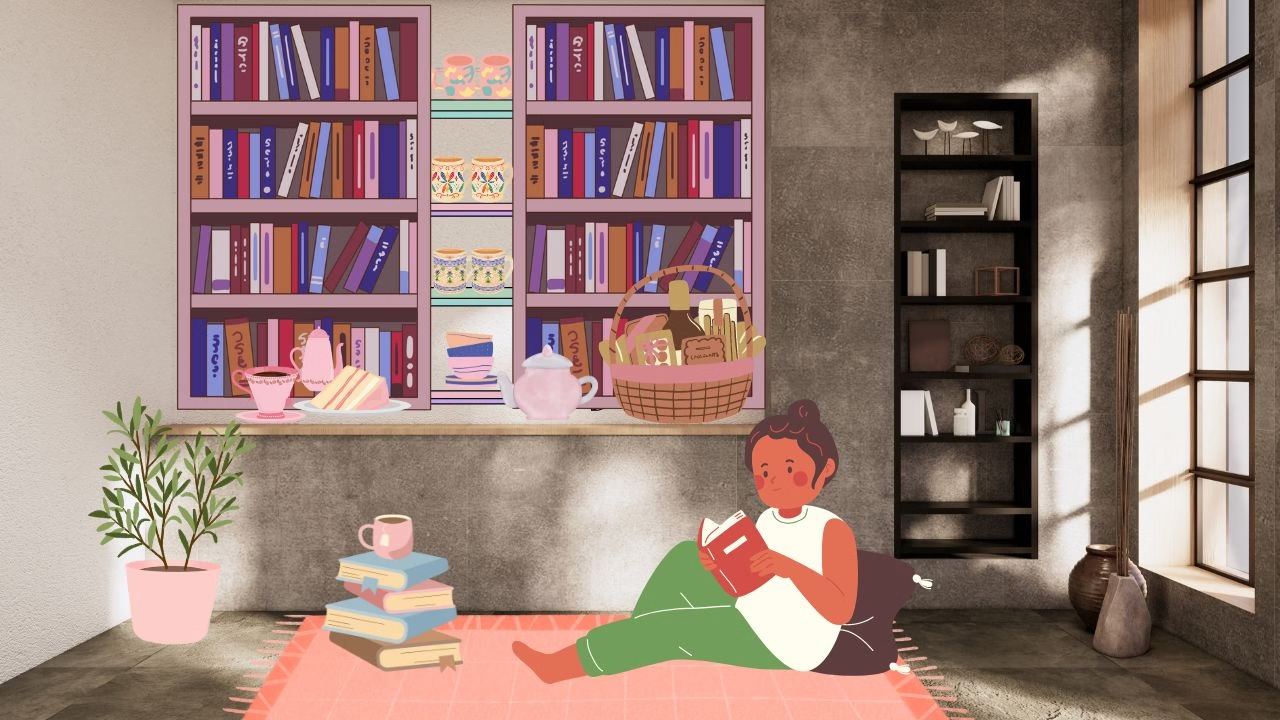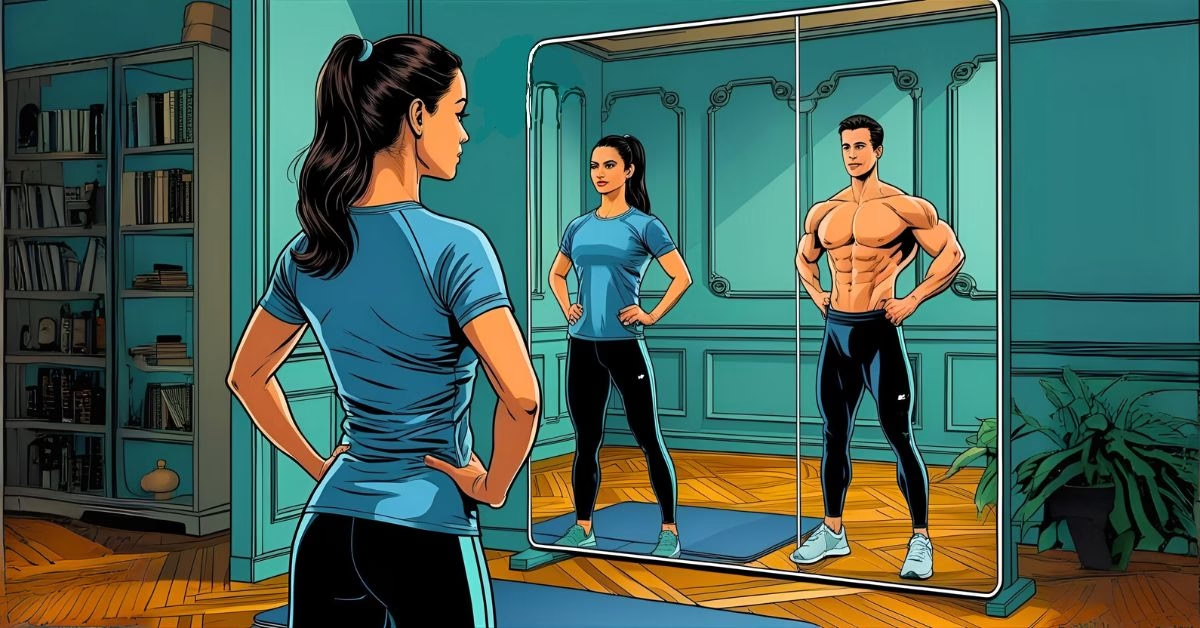Useful Home Improvement Hacks Foreword
Being housebound can present various challenges impacting our physical and emotional well-being. Whether it’s due to illness, injury, or other circumstances, spending extended periods at home can take a toll on our mental health, especially if we feel trapped or isolated. That’s why making the most of our home environment is essential, creating a comfortable, functional, and uplifting space. Simple home improvement hacks can help transform your living space into a haven of peace and tranquillity, boosting your mood and energy levels.
Remember, enhancing your home doesn’t have to be costly or time-consuming. Even the smallest changes can yield significant results. Integrating minor improvements into your daily routine allows you to fashion a home that caters to your needs and preferences without feeling overwhelmed or burdened.
For example, decluttering and organization can help you feel more in control and reduce stress levels. DIY home decor projects can add a personal touch and make your space more welcoming. Improving indoor air quality can positively impact your physical health, while upgrading lighting fixtures can create a warm and inviting atmosphere.
In short, simple home improvement projects can enhance the quality of life for housebound individuals. By making small changes to our living space, we can create an environment that supports our physical, emotional, and mental well-being, helping us thrive even during challenging times.
Decluttering and Organization
If you’re feeling overwhelmed and stressed by the clutter in your home, you’re not alone. Cluttered living spaces can make us feel anxious, frustrated, and drained. However, taking control of your space through decluttering and organization can be a powerful way to regain a sense of control and empowerment, creating a more comfortable living space that promotes relaxation and calm.
To begin decluttering, take stock of what you own and decide what you want to keep, donate, or throw away. It can be helpful to divide your belongings into categories, such as clothes, books, and kitchen items. Then, assess each item within each category and ask yourself whether you really need it or if it’s just taking up space.
Practical or Sentimental?
When deciding what to keep, consider whether the item has sentimental or practical value. If an item is gathering dust or occupying space, let it go. Donating items to charity can also be a rewarding experience, as you know that your unwanted possessions can be put to good use.
Once you’ve decluttered, it’s time to focus on organization. This can include finding the proper storage solutions for your belongings, such as shelving, baskets, or drawer organizers. Creating a routine for keeping your home tidy is essential, such as cleaning up after each meal or designating a specific time each week for decluttering.
Investing in organization tools and techniques can help you maintain a clutter-free home. For example, labelling items or using colour-coded storage can make it easier to find what you need. Creating a designated space for each item helps prevent clutter from accumulating.
In summary, decluttering and organization are essential for creating a comfortable living space that promotes relaxation and calm. By sorting through your belongings, finding the proper storage solutions, and creating a routine for tidying up, you can make a home that works for you, not against you.
DIY Home Decor
One of the most rewarding aspects of DIY home décor projects is the joy and satisfaction of personalizing your living space. They can be a fun and fulfilling way to spend your time and give your home a new look without breaking the bank. As a person who finds daily living challenging due to mental or physical incapacity, what DIY home décor projects could you undertake to personalize your living space?
Make Small CHanges with big impact
Another popular DIY project is painting an accent wall. This is a simple and inexpensive way to add a pop of colour and personality to a room. Just choose a colour that complements your existing décor and get to work!
Plenty of resources are available to help you get started on DIY home decor projects. Online tutorials, home decor blogs, and Pinterest boards are all great places to find inspiration and step-by-step instructions. And remember your local craft store, which can be a treasure trove of materials and supplies for your DIY projects.
Personalized Approach
Consider, for instance, the idea of creating a gallery wall. This simple yet impactful project allows you to showcase your favourite photos or artwork; all you need are frames, nails, and a hammer. This can instantly transform any room into a personalized space that reflects your unique taste and style.
DIY When You’re Housebound
In summary, DIY home decor projects can be fun and rewarding to add a personal touch to your living space. From creating a gallery wall to painting an accent wall, there are countless simple and inexpensive projects to choose from. And with the help of online resources and local craft stores, you can turn your DIY dreams into a reality.
Improving Indoor Air Quality
Indoor air quality is not just about comfort; it’s about your health and peace of mind, particularly for housebound people who spend most of their time inside.
Poor air quality can lead to respiratory problems, allergies, and other health issues. Hence, improving the air you breathe is crucial to your well-being. How can you effectively improve indoor air quality in your home??
One of the simplest ways is to open your windows and let in some fresh air. This can help remove stale air and circulate fresh air throughout your home. Suppose you live in an area with high pollution or poor outdoor air quality. In that case, it’s best to open your windows when pollution levels are low, such as early morning or late at night.
Another effective way to improve indoor air quality is by using an air purifier. These devices work by filtering out pollutants and allergens from the air, leaving you with cleaner, fresher air to breathe. When choosing an air purifier, consider the size of your room, the type of pollutants you want to remove, and your budget. Some air purifiers use HEPA filters to remove small particles, while others use activated carbon to remove odours and chemicals.
In addition to using an air purifier, there are other steps you can take to improve indoor air quality. For example, regularly cleaning your home can help reduce the amount of dust and other particles in the air. Using natural cleaning products and avoiding smoking indoors can also help.
In summary, improving indoor air quality is essential for good health, particularly for housebound people. By opening windows for fresh air, using air purifiers, and taking other steps to reduce pollutants, you can create a healthier and more comfortable living space for yourself and your loved ones.
Upgrading Lighting
Lighting can significantly impact our mood and productivity, making it an essential consideration for anyone looking for simple home improvement hacks. Upgrading your lighting fixtures can create a more pleasant and comfortable living space that promotes relaxation and productivity.
Depending on your budget and personal preferences, you can upgrade your lighting. For example, replacing old, outdated fixtures with modern, stylish ones can instantly transform a room’s look and feel. Installing dimmer switches can also be a great way to create a more relaxed and intimate evening atmosphere.
Things to Consider
When choosing the proper lighting for different rooms in your home, there are a few things to consider. Task lighting is ideal for areas where you need to focus and be productive, such as a home office or kitchen. Ambient lighting, on the other hand, is better suited for creating a warm and inviting atmosphere in living rooms and bedrooms.
Get Inspiration
Suppose you’re looking for inspiration for lighting upgrades. Many resources are available online, including home decor blogs and social media platforms like Pinterest. Remember to visit your local home improvement store, where you can find a wide range of lighting fixtures and accessories to suit your needs.
In Summary
Upgrading your lighting is an easy and effective way to improve the overall atmosphere of your home. Choosing the right type of lighting for different rooms and incorporating modern and stylish fixtures can create a living space that promotes relaxation, productivity, and comfort.
Disability Aids for the Home Environment
Now, let’s talk briefly about disability aids and how they can improve the quality of life for housebound people with disabilities or limited mobility. Disability aids are designed to make everyday tasks easier, safer, and more accessible for those with physical limitations.
Mobility Aids
There are many different types of disability aids available for use in the home. Some examples include mobility aids such as canes, walkers, and wheelchairs, bathroom aids such as shower chairs and grab bars and kitchen aids such as adaptive utensils and specialized cutting boards.
High-Tech Aids
There are also high-tech disability aids that use advanced technology to help individuals with disabilities perform daily tasks. These can include voice-activated home assistants, smart home devices, and communication devices that allow individuals with speech impairments to communicate with others.
Increase Accessibility
Using disability aids in the home can significantly improve the quality of life for people with disabilities or limited mobility. They can help individuals maintain their independence, increase their safety and security, and make their living space more comfortable and accessible.
It’s important to note that disability aids are not one-size-fits-all. Different individuals have different needs, so it’s essential to consult with a healthcare provider or occupational therapist to determine the best assistance for your specific needs. Many resources, including government programs, non-profit organizations, and online retailers, are available to help individuals with disabilities find the right disability aids.
Overall, disability aids are an essential tool for enhancing the quality of life for people with disabilities or limited mobility who are housebound. They can make daily tasks more accessible and manageable while providing increased independence and comfort.
CONCLUSION
In conclusion, being housebound can be challenging. Still, simple home improvement projects can make a big difference in the quality of life for those spending most of their time at home. These projects can create a more comfortable and pleasant living space, from decluttering and organizing to upgrading lighting and improving indoor air quality.
comfortable space
Making the most of your home is essential, especially when you can’t leave. Creating a safe, comfortable, and inviting space can positively impact your well-being, helping you feel more relaxed, productive, and content.
Make Small Changes
While taking on home improvement projects may seem daunting, remember that even small changes can make a big difference. Whether you declutter your home, upgrade your lighting, or improve indoor air quality, every effort you make will be worth it.
Your Sanctuary
In short, by making simple improvements to your living space, you can enhance the quality of your life and create a home that truly feels like a sanctuary. So get started on your next project—your housebound self will thank you!
